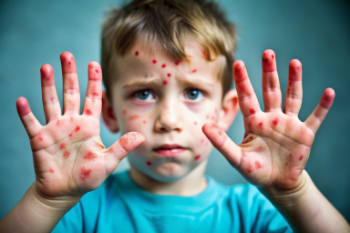
At some point, nearly every parent faces the panic of spotting a rash on their toddler—tiny red spots, some blistering, perhaps a fever thrown in. Could it be hand, foot, and mouth disease (HFMD)? At East Lake Pediatrics, we hear this concern often—and it’s understandable.
The good news: most HFMD cases are mild and manageable at home. Still, recognizing the early signs, understanding how it spreads, and knowing when to seek help can make a stressful situation feel more manageable.
What Is Hand, Foot, and Mouth Disease?
HFMD is a contagious viral illness caused primarily by coxsackievirus A16, part of the enterovirus family. It usually affects children under 5 and spreads through saliva, mucus, stool, and contaminated surfaces—common in daycare and preschool settings.
What sets HFMD apart is the combination of flu-like symptoms followed by a distinctive rash and painful mouth sores. While that rash frequently appears on the hands, soles, and around the mouth, it can also show up in less expected places like the diaper area or legs.
And the early signs? They can be sneaky—some kids just seem a bit off at first.
If you’ve read our post on baby fever, you might recognize some overlapping symptoms, especially at the start.
HFMD Quick Guide for Parents
| Aspect | Details |
|---|---|
| Cause | Coxsackievirus (enterovirus family) |
| Common Age Group | Toddlers and young children (ages 1–5) |
| First Signs | Low-grade fever, sore throat, irritability, decreased appetite |
| Rash Description | Red spots or blisters—commonly on hands, feet, and around the mouth |
| Duration | 7 to 10 days |
| Contagious Period | Most contagious in the first 3–5 days; virus may shed in stool for weeks |
| At-Home Care | Fluids, rest, soft foods, OTC pain relievers |
| Seek Medical Help If | High fever, signs of dehydration, infected rash, or symptoms over 10 days |
| Prevention Tips | Handwashing, sanitizing surfaces, staying home during contagious phase |
Recognizing the Rash and Related Symptoms
HFMD typically begins with fever, sore throat, and reduced appetite. A day or two later, the rash appears—red spots or small blisters that may show up on the palms, soles, diaper area, or around the mouth. Painful sores inside the mouth are also common and often lead to feeding issues.
Symptoms may include:
-
Painful mouth ulcers, especially on the tongue, cheeks, and gums
-
Red, blister-like bumps on the skin, typically on extremities
-
Irritability, drooling, or refusal to eat
This may remind some parents of strep throat symptoms, but HFMD is caused by a virus, not bacteria, and includes skin-related signs not seen with strep.

Easing Discomfort at Home
There’s no antiviral cure for HFMD, but symptom management can go a long way in making your child more comfortable.
Tips for supportive care:
-
Pain relief: Acetaminophen or ibuprofen for fever and mouth pain (age-appropriate dosage only)
-
Stay hydrated: Offer water, electrolyte drinks, cool smoothies, or ice pops
-
Serve soft, bland foods: Think oatmeal, yogurt, applesauce—nothing acidic or spicy
-
Saltwater rinses: For older children, this can soothe mouth sores
-
Good hygiene: Short nails and handwashing reduce scratching and transmission
If your child also has a rash in the diaper area, you might find our guide on diaper rash care helpful too.
When to Call Your Pediatrician
While most children recover without complications, monitoring for dehydration is essential, especially if mouth sores are preventing them from drinking.
Call your pediatrician if:
-
Fever exceeds 101°F for more than three days
-
Signs of dehydration appear, such as:
-
No tears when crying
-
Dry lips or mouth
-
Fewer than 3 wet diapers in 24 hours
-
Lethargy or extreme tiredness
-
-
Rash looks infected (pus, spreading redness)
-
Symptoms persist beyond 10 days or worsen
Feeding struggles can also become serious quickly. For more on this, see our post on breastfeeding, overfeeding, and vomiting—many of the feeding cues overlap during illness.
Preventing HFMD: Smart Steps at Home
No vaccine exists yet for HFMD, but practicing good hygiene can significantly reduce risk:
-
Wash hands regularly, especially after diaper changes or bathroom visits
-
Disinfect high-touch items like toys, doorknobs, and remotes
-
Avoid sharing drinks, utensils, or towels
-
Keep sick children home during the contagious phase
Want to stay ahead of seasonal illnesses? Check our What’s Going Around page for local updates—or ask your own pediatrician about what’s trending in your area.
Parent Quiz: Could It Be Hand, Foot, and Mouth?
Answer these questions to help assess your child’s symptoms:
-
Has your child had a low-grade fever in the last 48 hours?
☐ Yes ☐ No -
Are there red spots or blisters on the skin—especially on the hands, feet, or near the mouth?
☐ Yes ☐ No -
Has your child suddenly lost interest in eating or drinking?
☐ Yes ☐ No -
Have they been around other children recently (daycare, playgroup)?
☐ Yes ☐ No -
Are they drooling more than usual or seem to avoid swallowing?
☐ Yes ☐ No
Scoring:
-
4–5 Yes: HFMD is likely. Begin supportive care and monitor.
-
2–3 Yes: Symptoms may be early-stage or another viral illness. Watch closely.
-
0–1 Yes: May be unrelated—contact your pediatrician to be sure.
Final Thoughts from East Lake Pediatrics
We understand how stressful it is when your little one isn’t feeling well. Hand, foot, and mouth disease might look intense, but in most cases, it’s just a short-lived bump in the road. With rest, hydration, and some comfort care, most toddlers are back to themselves in about a week.
If something feels off—or you’re just not sure—reach out. Our team is here to help guide you through it.
External Sources and Research
The information provided in this blog is for educational and informational purposes only. It is not intended as a substitute for professional medical, or healthcare advice. Always consult with a qualified healthcare provider for diagnosis, treatment, and answers to specific medical questions.

